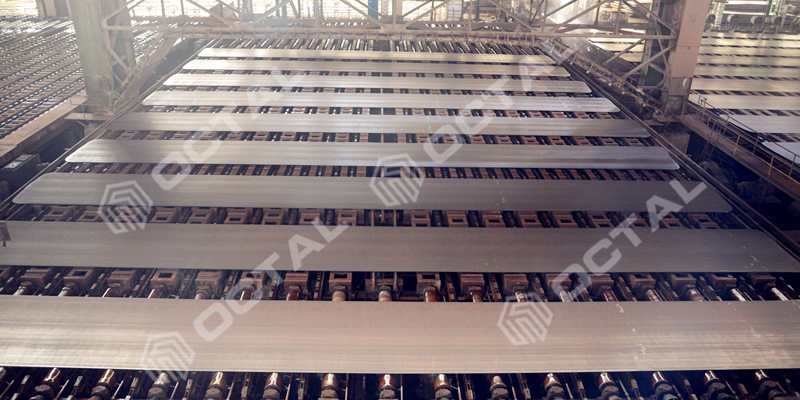
Learn more about what is tensile strength.ħ800 - 8000 kg/m3 (around 7.9 g/cm3 or 0.285 lb/in3).ġ90 GPa (27557 ksi) - 210GPa (30458 ksi).ĭepends on the project (And its factor of safety). Ok let's start with ASTM A36 chemical composition. Plates, and bars of structural quality for use in riveted,īolted, or welded construction of bridges and buildings, This specification covers carbon steel shapes, First let's describe it and then have a look at its material's properties.ĪSTM A36 is a Specification for Carbon Structural Steel. Baratta, Introduction to Nuclear Engineering, 3d ed., Prentice-Hall, 2001, ISBN: 8-1.In this post I'll talk about and give details about ASTM A36. Materials: engineering, science, processing and design (1st ed.). ISBN 978-7-1.Īshby, Michael Hugh Shercliff David Cebon (2007). Introduction to the Thermodynamics of Materials (4th ed.). Why Things Break: Understanding the World by the Way It Comes Apart. Materials Science and Engineering: An Introduction 9th Edition, Wiley 9 edition (December 4, 2013), ISBN-13: 978-1118324578.Įberhart, Mark (2003). DOE Fundamentals Handbook, Volume 2 and 2. DOE Fundamentals Handbook, Volume 1 and 2. Similar definitions are associated with thermal conductivities in the y- and z-directions (ky, kz), but for an isotropic material the thermal conductivity is independent of the direction of transfer, kx = ky = kz = k. Most materials are very nearly homogeneous, therefore we can usually write k = k (T). For vapors, it also depends upon pressure. The thermal conductivity of most liquids and solids varies with temperature.

Note that Fourier’s law applies for all matter, regardless of its state (solid, liquid, or gas), therefore, it is also defined for liquids and gases.

It is a measure of a substance’s ability to transfer heat through a material by conduction. The heat transfer characteristics of a solid material are measured by a property called the thermal conductivity, k (or λ), measured in W/m.K.

The thermal conductivity of wrought iron is around 50 W/(m.K). Low-carbon steel is a multi-element substance, principally of iron, with additions of carbon and impurities. Thermal Conductivity of Low-carbon Steel – ASTM A36 The melting point also defines a condition in which the solid and liquid can exist in equilibrium. The melting point of a substance is the temperature at which this phase change occurs. In general, melting is a phase change of a substance from the solid to the liquid phase. Melting point of low-carbon steel is around 1450☌. Melting Point of Low-carbon Steel – ASTM A36 Heat capacity, thermal expansion, and thermal conductivity are properties that are often critical in the practical use of solids. But different materials react to the application of heat differently. As a solid absorbs energy in the form of heat, its temperature rises and its dimensions increase. Thermal properties of materials refer to the response of materials to changes in their temperature and to the application of heat. Thermal Properties of Low-carbon Steel – ASTM A36 Mild steel has a relatively low tensile strength, but it is cheap and easy to form surface hardness can be increased through carburizing. Low-carbon steel contains approximately 0.05–0.25% carbon making it malleable and ductile.

Low-carbon steel, also known as mild steel is now the most common form of steel because its price is relatively low while it provides material properties that are acceptable for many applications. Typical applications for low-carbon steel include automobile body components, structural shapes (e.g., I-beams, channel and angle iron), and sheets that are used in pipelines, buildings.


 0 kommentar(er)
0 kommentar(er)
